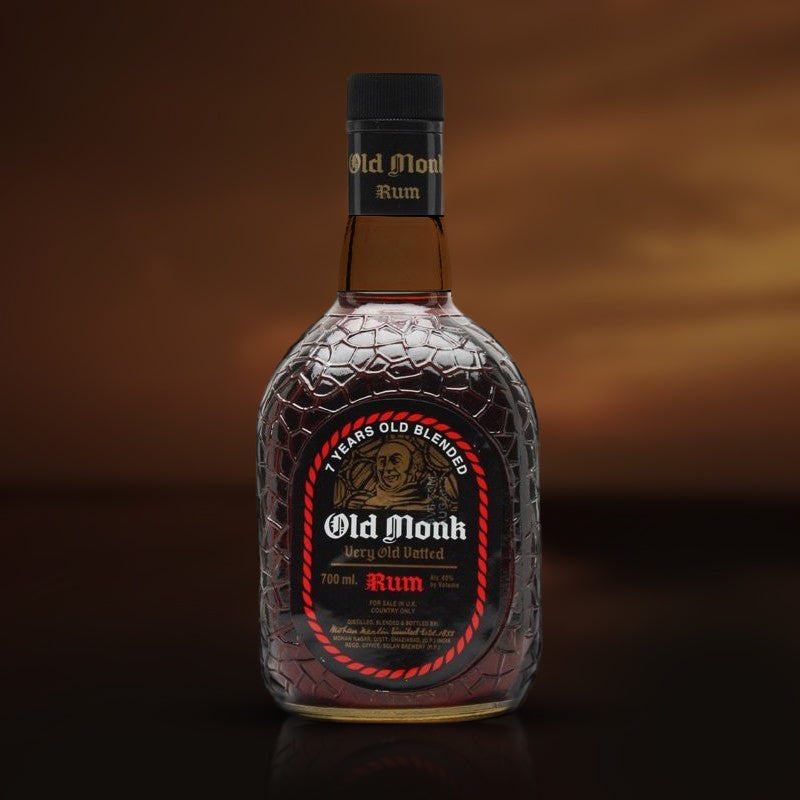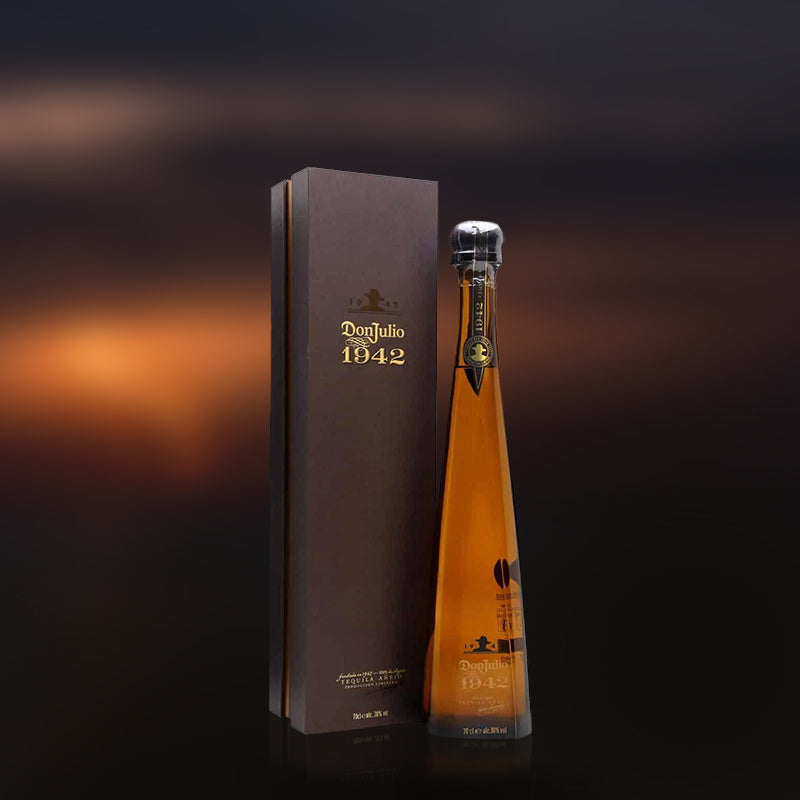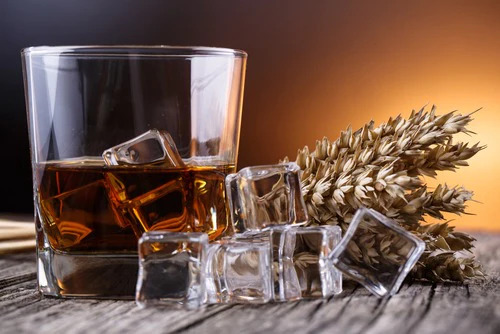But is an older one always better? In this blog, let’s have a look at how time transforms whisky. We also see what those age statements on the bottle mean.
The Magic of Maturation
When a clear spirit first enters an oak barrel, it is a far cry from the golden elixir we know and love. The transformation begins immediately as the liquid starts its dance with the wood. During maturation, there are several key processes that occur simultaneously. The whisky pulls compounds from the oak. This includes vanillin (giving vanilla notes) and tannins (contributing structure and mouthfeel).
Meanwhile, harsh elements in the spirit are filtered out by the wood. This softens the alcohol's bite. It even removes unwanted sulfury notes. Also, chemical reactions between the spirit and wood create new flavour compounds. As a result, the whisky builds complexity in the barrel.
1.The Early Years
Whiskies that are aged between 3-8 years usually show vibrant and energetic characteristics. You will find fresh fruit notes and other ingredients in these early years. This youthful profile isn't necessarily a disadvantage. Many excellent whiskies fall into this age range. This phase allows them to offer bright and accessible flavours that work beautifully in cocktails.
2.The Teenage Years
As whisky reaches its teenage years (8–15 years), it begins to acquire additional qualities. The aromas of dried fruit gradually replace the notes of fresh fruit. Meanwhile, the other ingredients become more pronounced. The oak integration improves significantly. As a result, the mouthfeel becomes notably richer.
The teenage period is often considered the sweet spot for many whiskies. This is because it strikes an ideal balance between maturity and vitality.
3.The Elder Statesmen
Long-aged whiskies are those beyond 15 years. They can develop remarkable complexity. You may discover deep concentrated dried fruit and intense oak influence. However, there is always the risk of the oak overpowering other ingredients. Hence, many skilled blenders carefully monitor these older casks.
Beyond the Numbers
Age can be a helpful indicator. But it is important to remember that it is just one factor among many. Climate plays a huge role – warmer regions see faster maturation. This is due to more active wood interaction. The quality of the case and the base spirit all contribute to the final product.
Some of the world’s most celebrated whiskies are relatively young. Meanwhile, others may sit in the barrel for decades. Neither is inherently better - it is all about finding that sweet spot where spirit, wood, and time come together.
To wrap it all up
Do not let age be your only guide when selecting a whisky. You need to consider your flavour preferences. You also have to think about the distillery’s style and its intended use. Just remember that every whisky tells its own story through time. Hence, the key is finding the expression that speaks to your palate.
So, get ready to discover your perfect whisky. Taste the best ones now at - https://www.paulsliquor.com.au/














